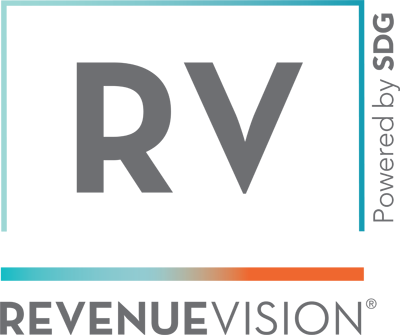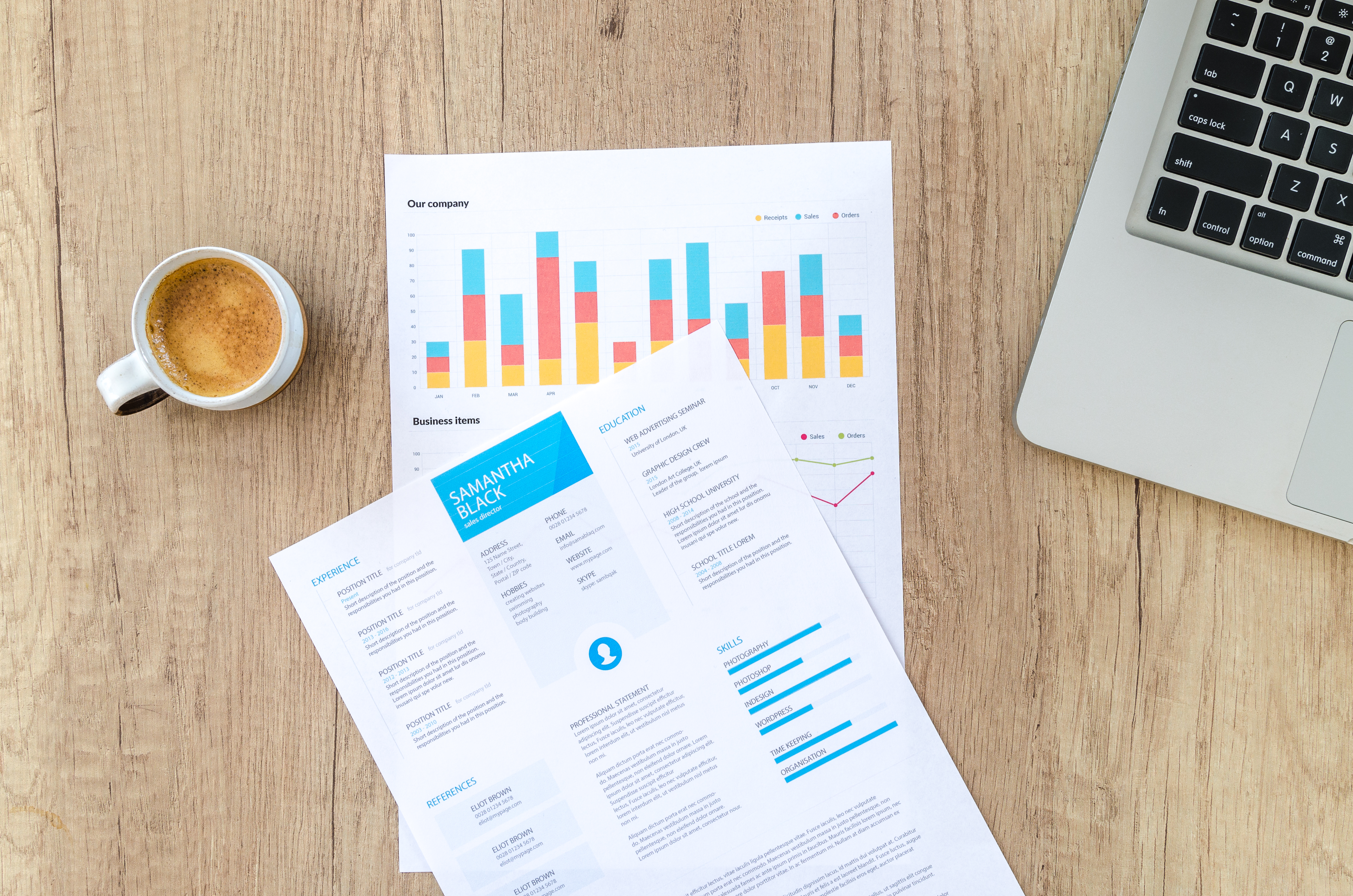The most important asset that your college or university has after your team is your data. The problem is, though, a lot of schools have data, but they don’t know how to analyze it in a way that makes it informational.
This may seem like we’re splitting hairs, but it’s important to make this distinction: data does not necessarily equal information. The goal of having data is being able to use it for analysis to make intelligent business decisions. After all, power is in the data; major companies like Google, Amazon and even Walmart are, first and foremost, data companies, because they know how to manage this information to make business decisions.
Analyzing Data in Higher Education Auxiliaries
Higher education needs to take this same path. Schools need to take a closer look at how they operate, how they track auxiliary services, and how they work with other non-academic functions. These departments combined account for a substantial amount of money (in some cases up to 30% of annual revenues.).
Studies show that less than 1% of data is actually analyzed; without this analysis, you can’t make informed decisions or be proactive. Making a decision based on a hunch is dangerous because you don’t know if that feeling is valid. And the reason many higher education institutions don’t analyze data is that it’s hard to do if you don’t have the right business intelligence tools to do it.
Further, 65% of CFOs in higher education rate the quality of their current analytics and systems as “average to poor.” This negatively affects week to week functions; by the time schools get data out of their traditional finance systems, it’s too late to make decisions. If they had good data, they could have made the appropriate adjustments.
Data for Auxiliary Services
In regard to auxiliary services, data can tell you lots of valuable information, including:
- How well a particular concept is operating at your school.
- How much an average transaction is compared to other concepts
- What students and staff are actually buying and where they’re buying it
For example, based on data, you can determine if a certain dining vendor is underperforming and should be replaced with another, higher performing vendor.
Determining Vendor Partnerships
Lastly, data can improve operations with campus partners. This is especially true for commission-based contracts; if you help your partner sell more, than your school can earn more commissions. Because vendors have hundreds to thousands of relationships, they can’t watch this data the same way an individual school can. Thus, schools can be very purposeful with the data to influence the institution’s decision making.
Final Thoughts
We’ve said it before and we’ll say it again: data is your most important asset after your people. When given the chance, always analyze what your data is telling you so you can make better informed decisions for your school.
For more information on how RevenueVision® can help you use your data to your advantage, feel free to fill out the form below:


